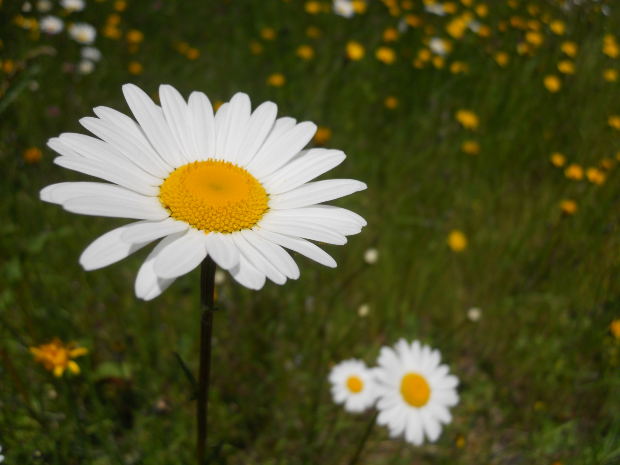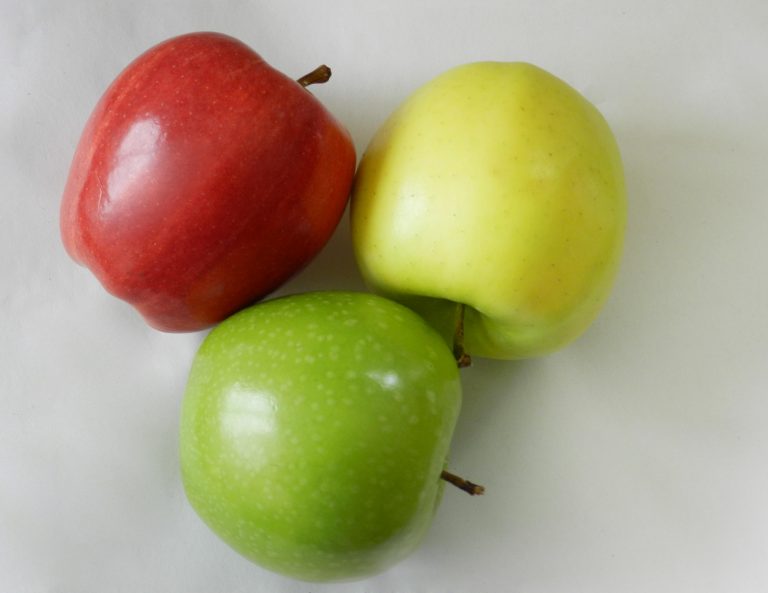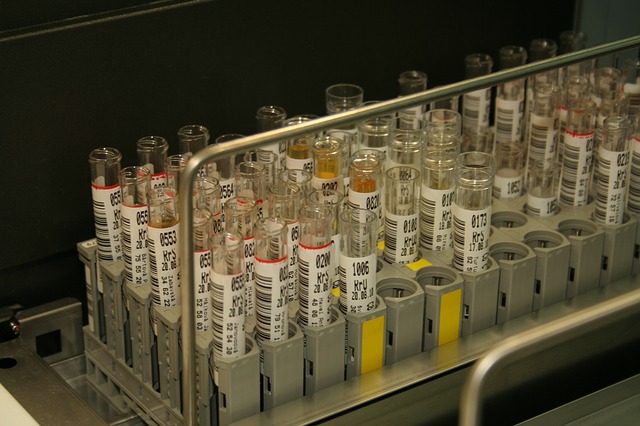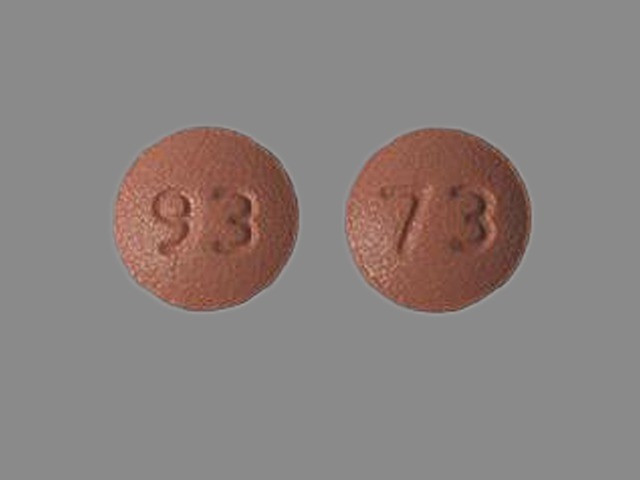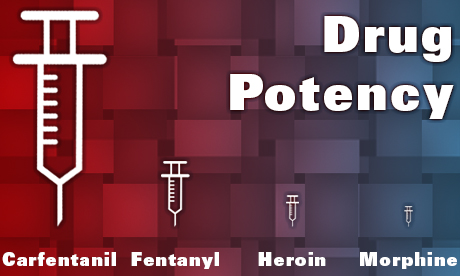UCT’s ChloroFiltr® cited in Agrochemical Paper
UCT is recognized around the world as the first company to commercialize the use of the QuEChERS technique for use in pesticide and herbicide analysis. While supplying a large diversity of commonly available clean-up sorbents, UCT is sole supplier of ChloroFiltr®, a novel polymeric based sorbent designed for the removal of chlorophyll from acetonitrile extracts without compromising on the recovery of planer pesticides.
In a recent paper published in Environmental Science and Technology Letters by E.M.Peterson et al., (DOI: 10.1021/acs.estlett.7b00123), ChloroFiltr® is put to use for the analysis of neonicotinoids on wildflowers close in proximity to cattle feed yards. A variety of veterinary pharmaceuticals and pesticides are used in the treatment of cattle feed yards for promoting the growth and overall health of cattle in addition to controling unwanted pests and parasites.
The authors examined wildflowers collected near feed yards in the Southern Great Plains for the occurrence of antibiotics, β-agonists, other feed yard-related agrochemicals, and neonicotinoids used on regionally grown row crops using the QuEChERS approach with ChloroFiltr® to clean up a 1 mL extract. It was found that wildflowers contained detectable concentrations of moxidectin, abamectin, monensin, ractopamine, and neonicotinoids (imidacloprid, thiamethoxam, and clothianidin). All wildflower samples contained at least one target analyte, while the majority (82%) contained multiple pharmaceuticals and/or pesticides, including 12% of wildflowers containing moxidectin, monensin, ractopamine, and a neonicotinoid. This preliminary survey demonstrates the potential for insect pollinators occurring near feed yards to become exposed to mixtures of agrochemicals derived from beef cattle feed yards and pesticides from row crop-based agriculture.
Click here for more information on QuEChERS and ChloroFiltr®, sorbents, methods, and applications

